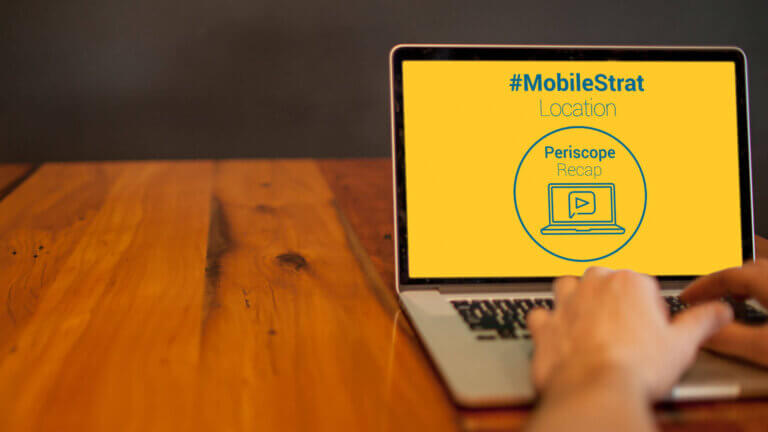
Why No One is Using iBeacons
Share to my network
In this article
Categories
Book a meeting
Connect with our team of experts to discuss your conversion and loyalty goals, and how we can help you achieve them faster.
Get a demoSince Apple’s unveiling of iBeacons at WWDC 2013, major technology players have placed bets on beacons. In 2015, Facebook expanded their Places offering by giving beacons to local retailers. Around the same time, Google’s Eddystone open beacon format expanded location-based marketing opportunities to both Android and iOS platforms.
Three years on, there are just a handful of successful, in-market programs. The most notable are in contained venues like museums or Major League Baseball stadiums — or for frequent flyers at airline lounges. While many retailers have done beacon pilots, Rite Aid’s January 2016 rollout of beacons across all of their stores is one of the few large scale retail programs.
Why haven’t we seen widespread adoption? I’ve observed both consumer and business barriers to this technology.
Consumer Barriers to Beacon Adoption
-
High level of effort for consumers. Consumers have to download your app, opt into location and notifications as well as turn Bluetooth on to receive beacon-triggered notifications. This significantly reduces the size of your audience.
-
Weak value propositions. Brands need to present a compelling reason for consumers to trade privacy for access to their proximity marketing campaigns. A beacon study showed a 313% decline in shopping application use by customers who received more than one beacon notification in a single location. This points to the need to be relevant and valuable to the consumer above all.
Operational Barriers to Beacon Adoption
-
It’s more than just buying the beacons. Beacons transmit a location, enabling apps to retrieve and surface location-relevant content. You need to have app adoption and a mobile messaging plan tied to location use cases for the technology to be effective.
-
Beacon deployment. While the individual cost of beacons is low, there is effort required in planning, deployment and testing. Store environments vary (and Bluetooth can be impacted by building materials), rules need to be sorted out related to automated messaging. How are you maintaining and securing your beacons?
Should You Use Beacon Technology?
Maybe. It comes down to brand and user goals, and the level of effort to implement versus potential insight or returns.
What is The Value to Your Brand?
If you don’t have a significant mobile wallet or mobile app audience, the value of measuring user behavior or messaging users in-venue might not be there. For many brands, data collection with beacons for online-offline attribution and a 360° view of the customer often captures as much interest as messaging or advertising with beacons. A pilot program might be a good place to start.
What is The Value to Your Mobile App User?
This is often a more difficult question to answer. There needs to be a compelling value to your user for your beacon initiative to succeed.
Some effective use cases have been around enhancing customers’ shopping experience through effective customer service, such as alerts for online orders being ready for pickup as the customer arrives at the store. Beacons at point of sale can aid in coupon redemption and loyalty program use.
Wayfindr, a digital technology non-profit, is testing beacons in the London Tube for audio-based navigation for the visually impaired. The WWE app has logistics information, detailed venue maps and turn-by-turn instructions for the fastest route to in-venue points of interest powered by beacons and GPS.
Proximity Marketing: Next Steps
Messaging the right user, at the right place and time can be realized with proximity marketing. Location plays a huge role in context. If you can overcome some of the barriers, beacons can be an effective tool to consider with the right use cases and audience. Want to get started? Take a look at this post that outlines the steps for getting started with iBeacons, or get in touch if you’d like some help formulating a plan.
